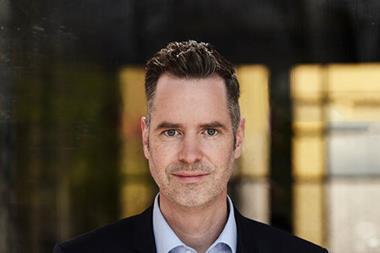GERMANY - ABV, the lobby for German professional pension funds, has hotly rejected a proposal by German unions to abandon the pensions ABV members provide to the self-employed and have them instead contribute to the state pension scheme.
"We will protect the assets of our members at all costs, even if that means going before Germany's Constitutional Court," said Ulrich Kirchhoff, ABV's chairman.
Earlier this week, German Union Federation DGB proposed that the self-employed contribute to Germany's ailing state pension scheme. This would include many professionals - physicians, dentists, lawyers and pharmacists - insured by ABV members.
DGB said that if the self-employed contributed to the state pension scheme, this would ease the financial pressure on it and make it unnecessary for the government to raise the legal retirement age to 67.
But ABV disputed this: "By including the self-employed, the pressure on the state pension scheme would not decrease but actually increase owing to the fact that this group is living longer," Kirchhoff argued.
Meanwhile, ABV managing director Michael Jung said that while the government had not even considered DGB's proposal to shore up the state pension scheme, "we take it very seriously as the DGB influences Germany's political left-wing".
Coalition partners Social Democrats have traditionally had strong links to German unions, though these links have become strained in recent years due to economic reforms implemented by the party.
In any event, Jung said that if the DGB proposal were ever adopted by the government, the ABV could mount a very strong legal challenge. "The proposal is simply unconstitutional as it is tantamount to expropriation. It is simply illegal for professionals who are already in a public pension scheme like the one our members provide into another state scheme," he said.
ABV represents some of Germany's largest pension funds. They include the BVK, a €30bn scheme; NAEV, an €8bn scheme for physicians in North Rhine-Westphalia; and AEVN, another €5bn scheme for physicians in Lower Saxony.
In a related development, AEVN has revealed details of its asset allocation in a newsletter. The fund said that as of the end of 2005, it had 55% invested in fixed income and 26% in equities. Real estate, in particular direct holdings, made up another 11% while real estate loans accounted for 4%. The remaining 4% was in alternatives which were not detailed.
AEVN did not disclose its return for 2006, but said: "Our investments produced a better return than in the previous year. Yet because of the low-interest rate environment, it remains difficult for us to achieve a target minimum return of 4% on new investments." Previously, AEVN blamed low bond yields for a return of just 5% for 2005.












No comments yet